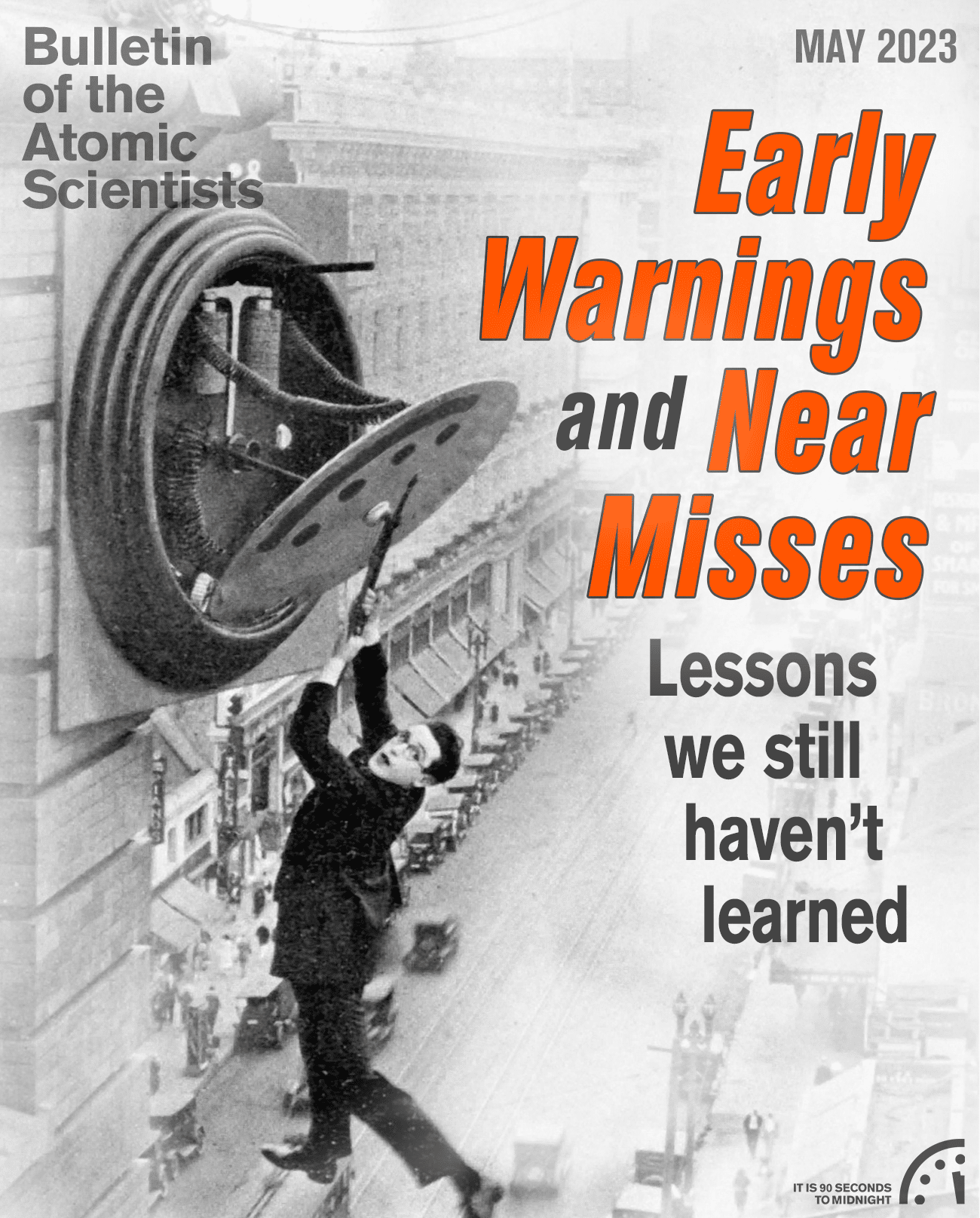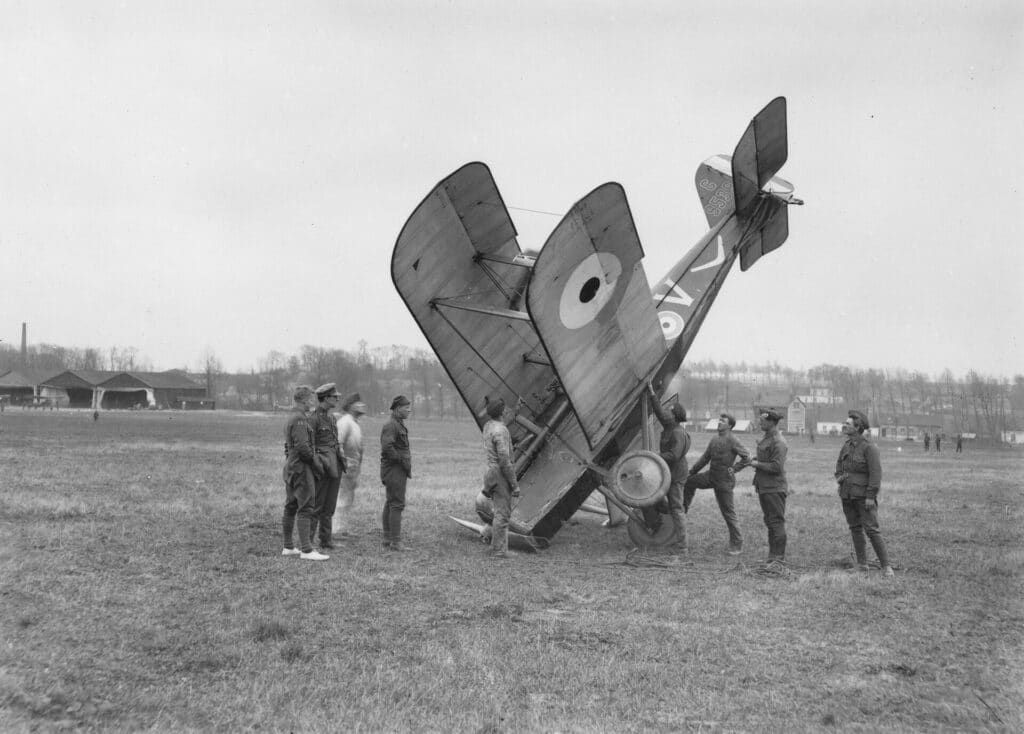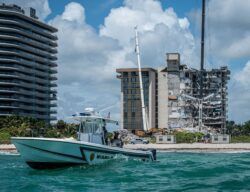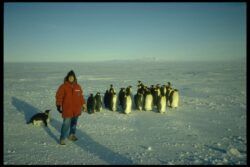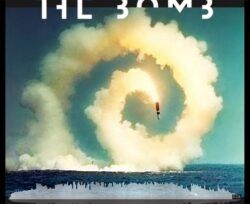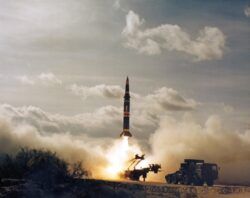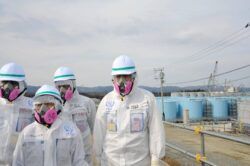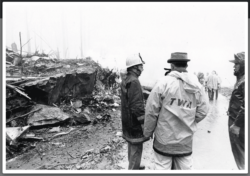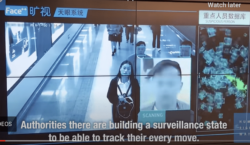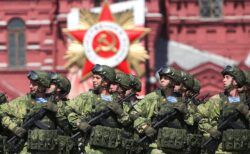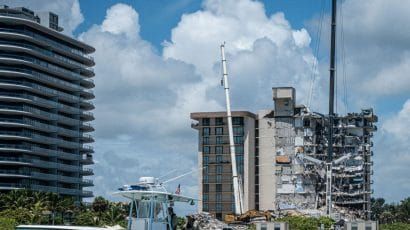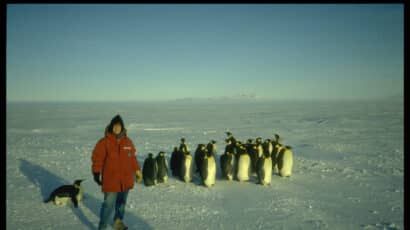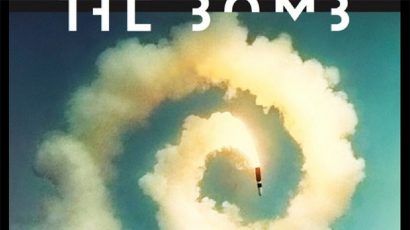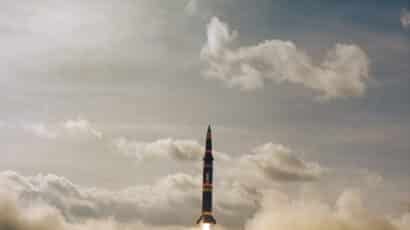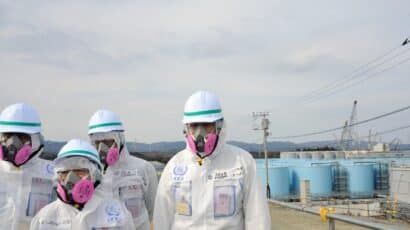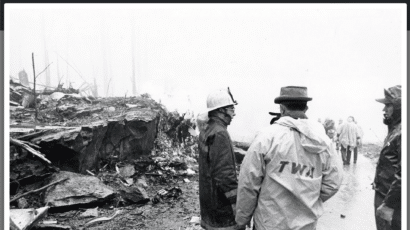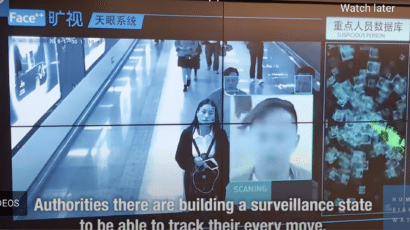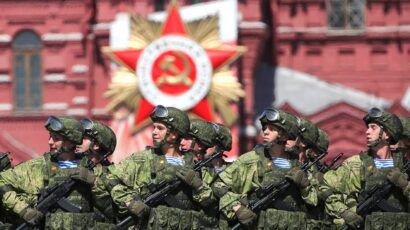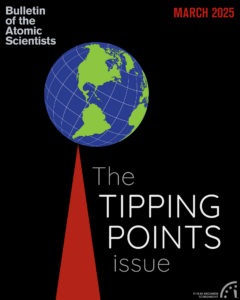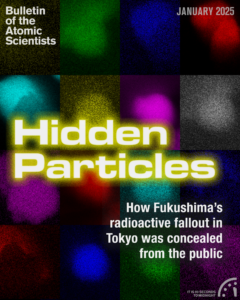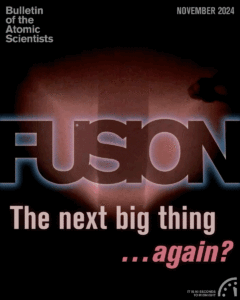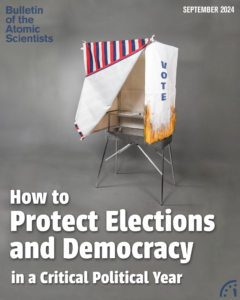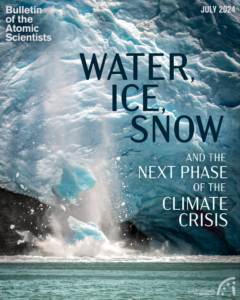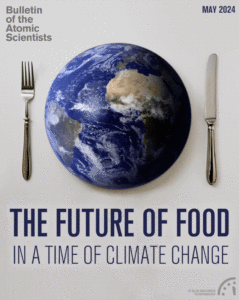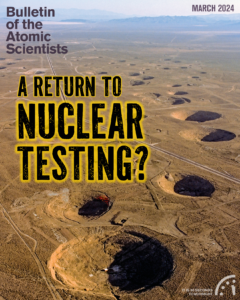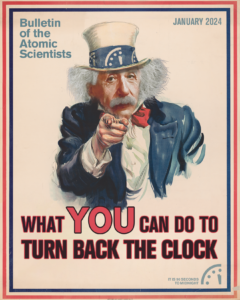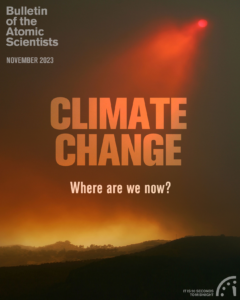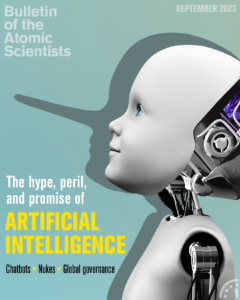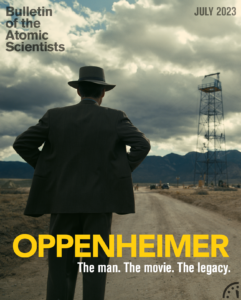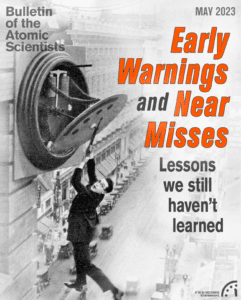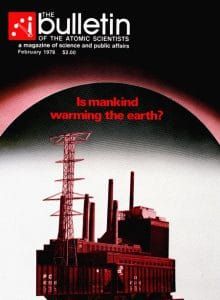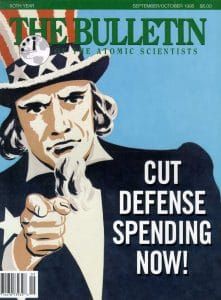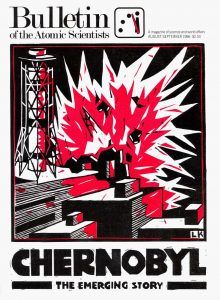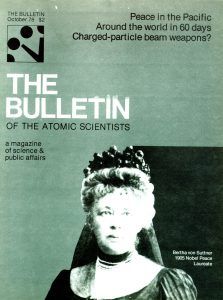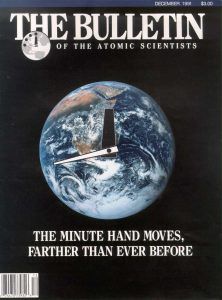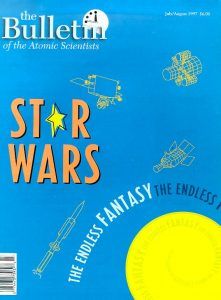DIGITAL MAGAZINE
May 2023
DIGITAL MAGAZINE
May 2023
Cover by Thomas Gaulkin
Introduction: Near-misses, close calls, and early warnings
Lessons learned in blood: Why we fail to use near-misses to prevent man-made disasters
Interview with Susan Solomon: The healing of the ozone hole, and what else we can learn from atmospheric near-misses
Interview with Eric Schlosser: Why we can’t trust the government’s figures about nuclear close calls
Able Archer: How close of a call was it?
Fukushima: Lessons learned from a devastating “near-miss”
How to deal with an AI near-miss: Look to the skies
The future of technology: Lessons from China—and the US
Nuclear Notebook: Russian nuclear weapons, 2023
Lessons learned in blood: Why we fail to use near-misses to prevent man-made disasters
Interview with Susan Solomon: The healing of the ozone hole, and what else we can learn from atmospheric near-misses
Interview with Eric Schlosser: Why we can’t trust the government’s figures about nuclear close calls
Able Archer: How close of a call was it?
Fukushima: Lessons learned from a devastating “near-miss”
How to deal with an AI near-miss: Look to the skies
The future of technology: Lessons from China—and the US
Nuclear Notebook: Russian nuclear weapons, 2023
Cover by Thomas Gaulkin
Subscribe now
We've relaunched the Bulletin's award-winning digital magazine. Get access to every issue and our archive going back to 1945.
Magazine archive
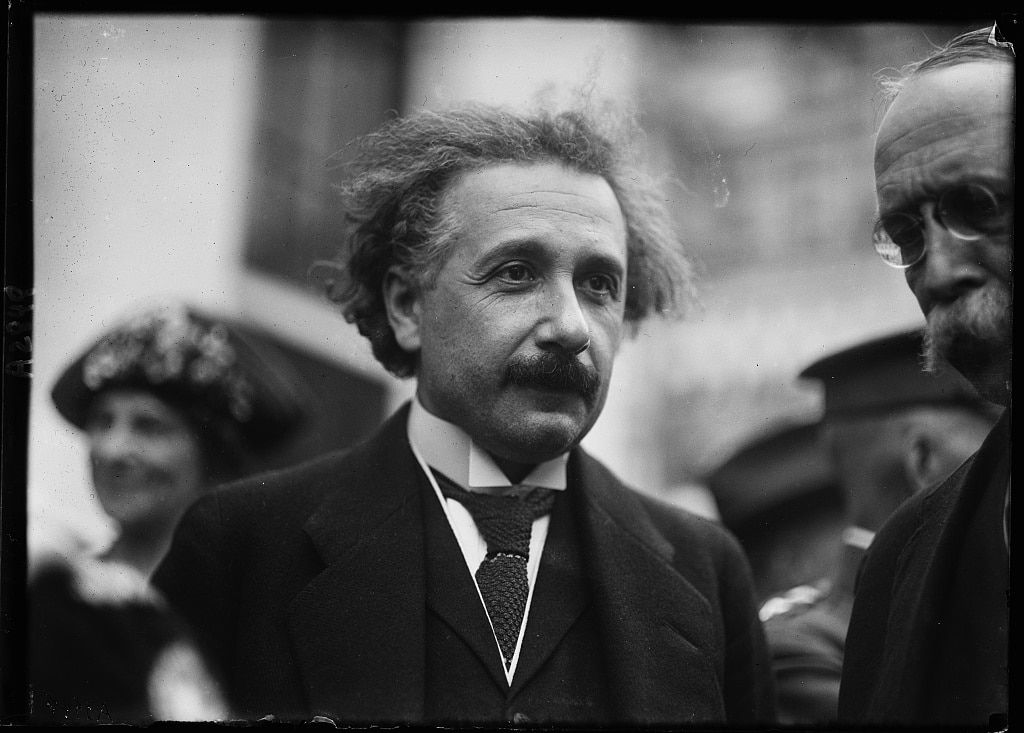
Premium subscribers can read the complete Bulletin of the Atomic Scientists’ archive, which contains every article published since our founding in 1945.
This archive was created in honor of John A. Simpson, one of the Bulletin’s principal founders and a longtime member of its Board of Sponsors. This searchable archive provides exclusive online access to original interviews and commentary by luminaries like Albert Einstein, J. Robert Oppenheimer, Ruth Adams, John F. Kennedy, Stephen Hawking, Christine Todd Whitman, US Secretary of Defense William J. Perry, and multiple Nobel laureates.
